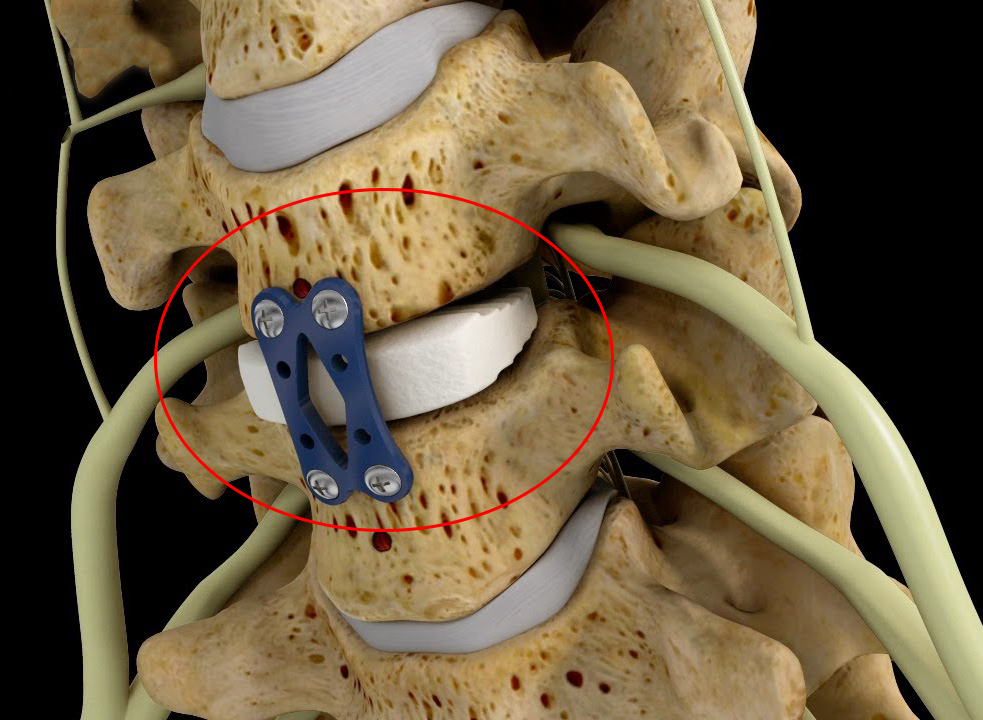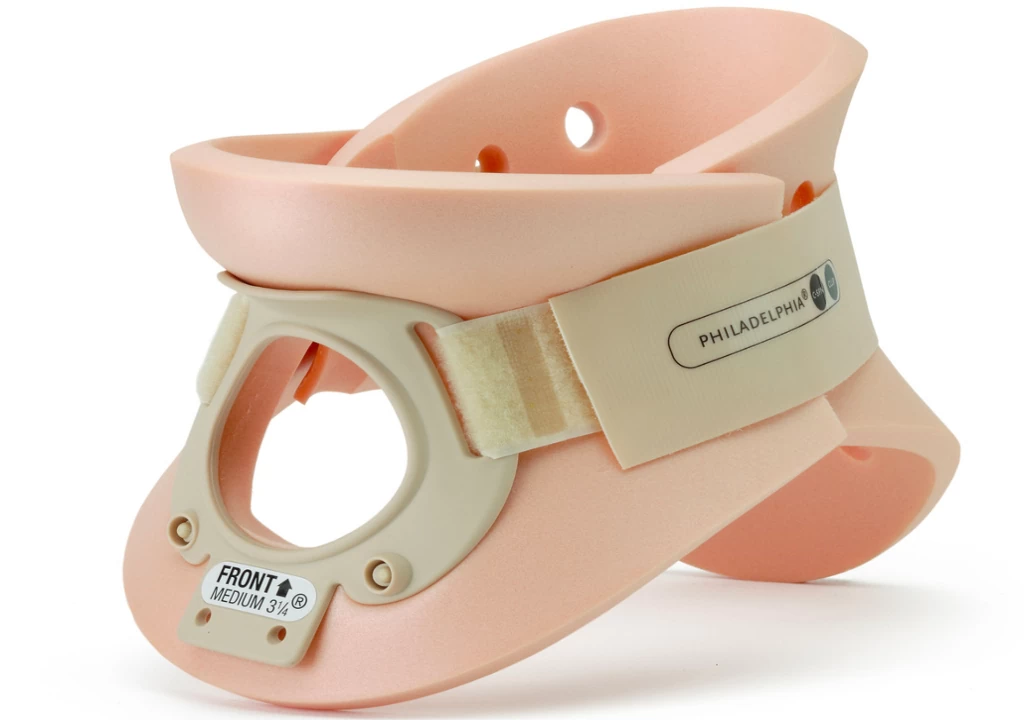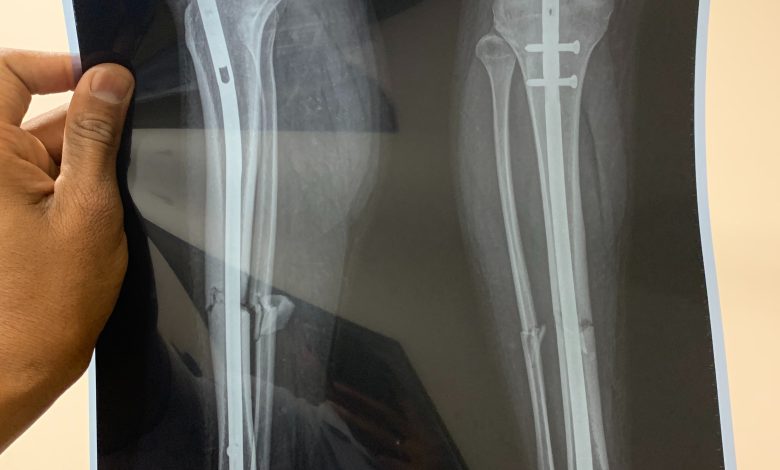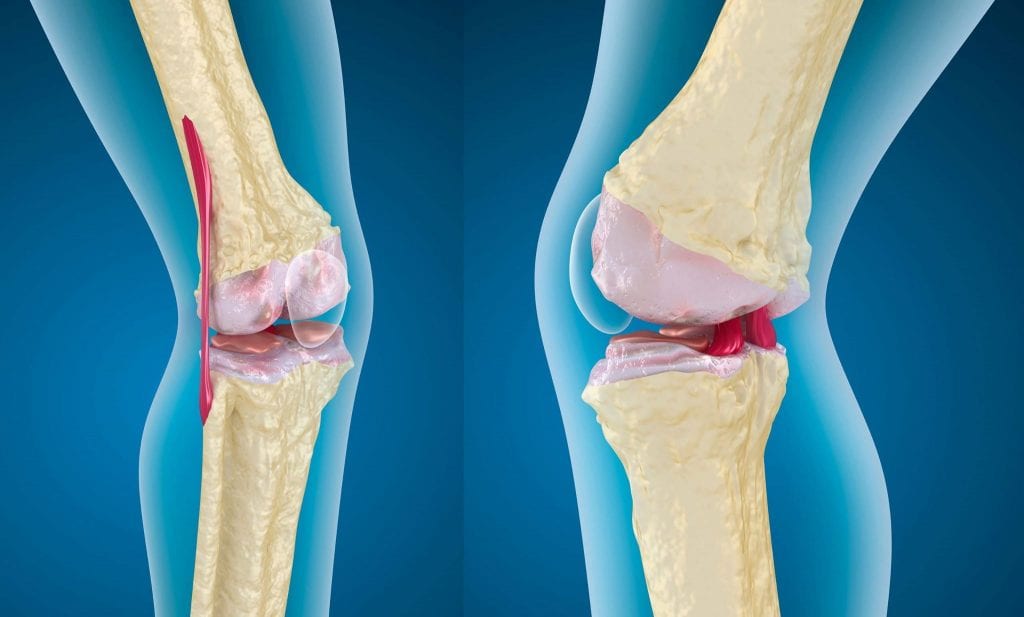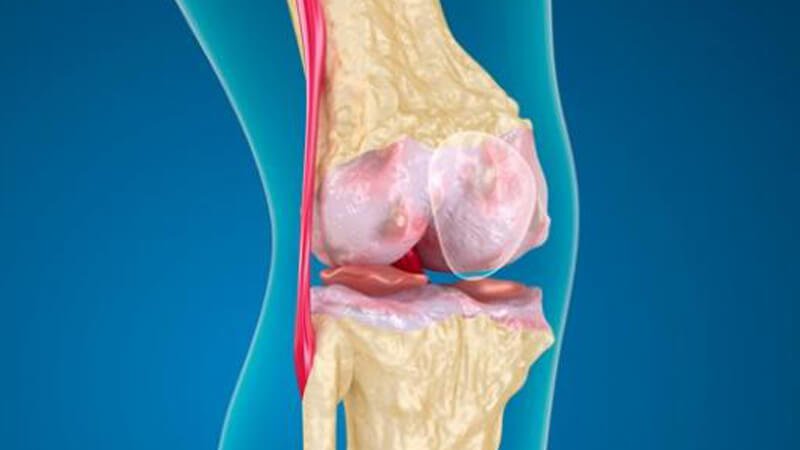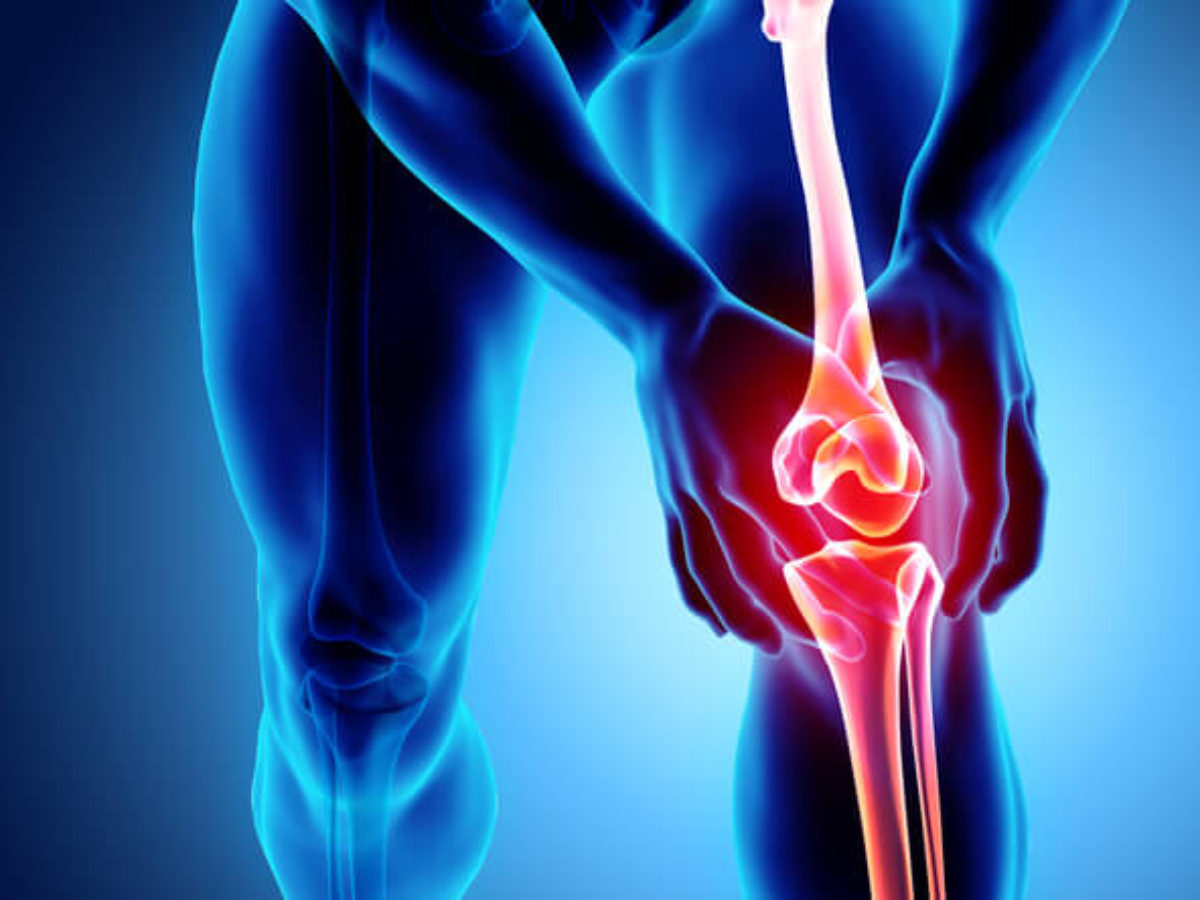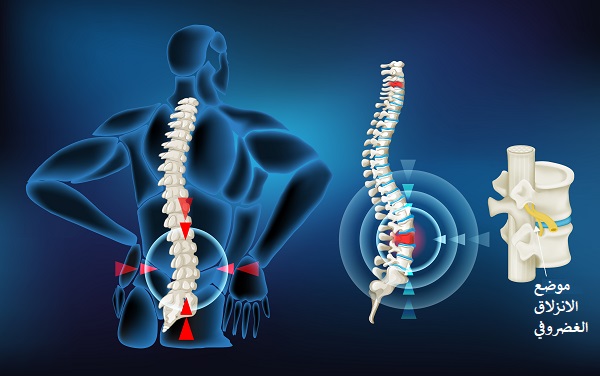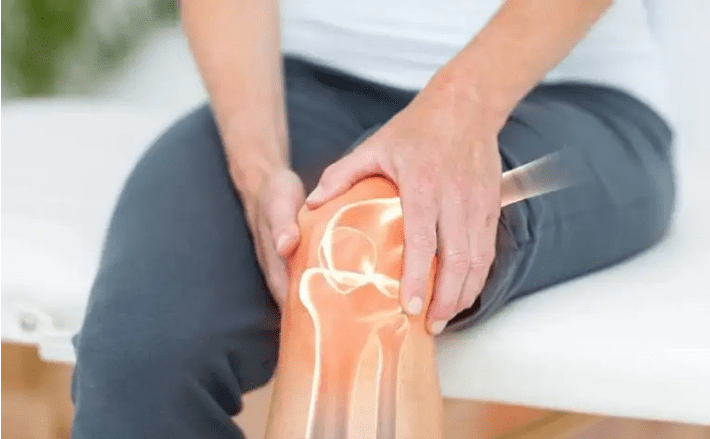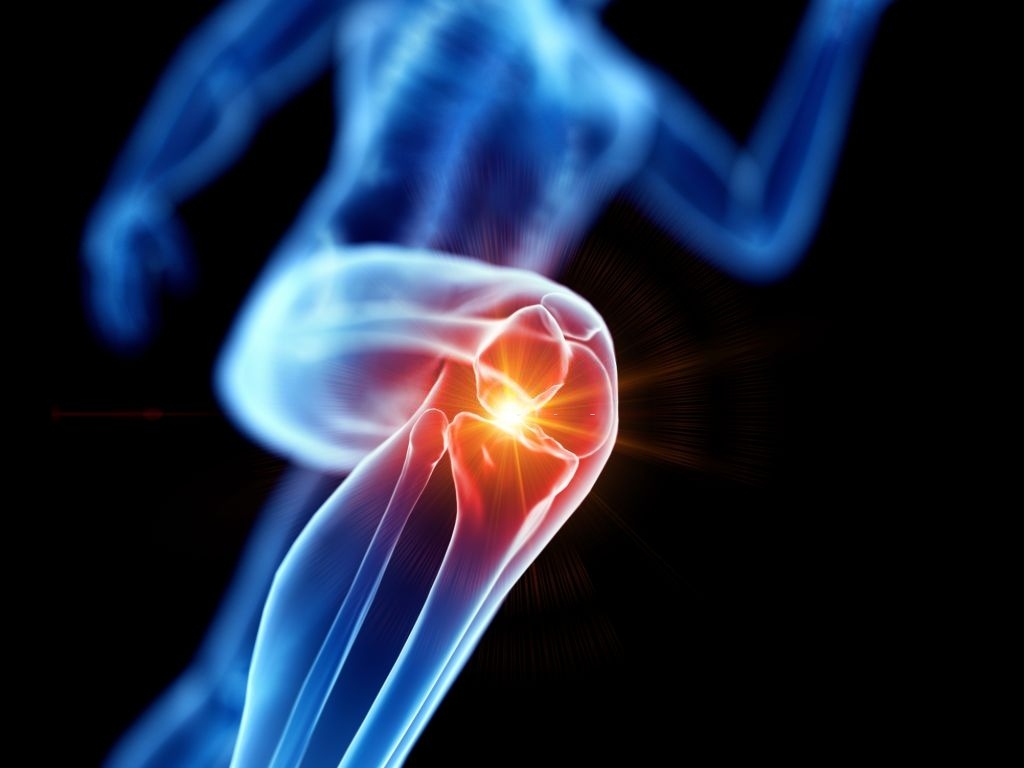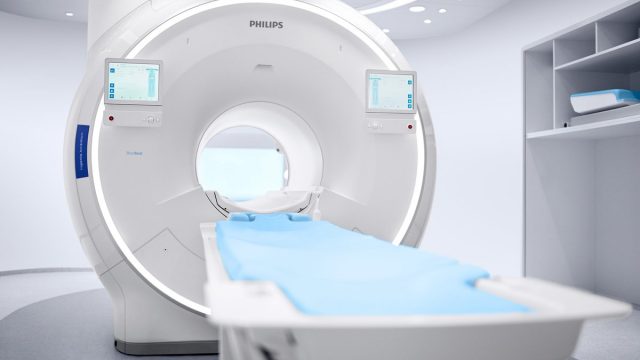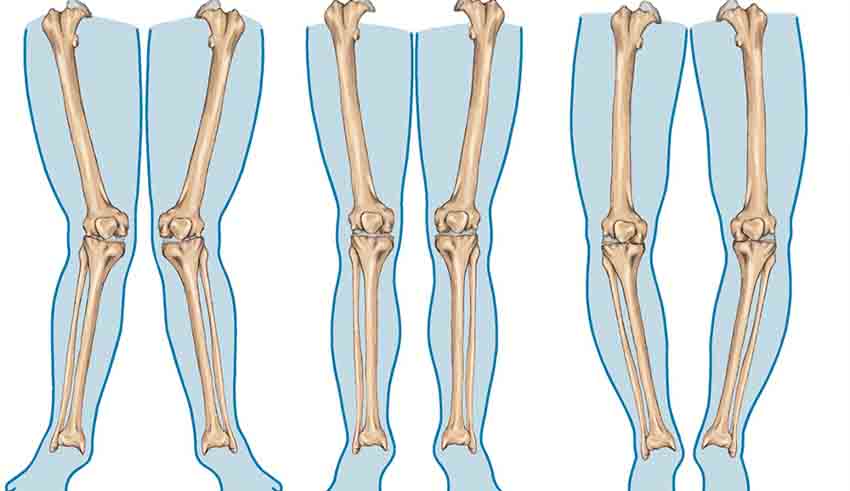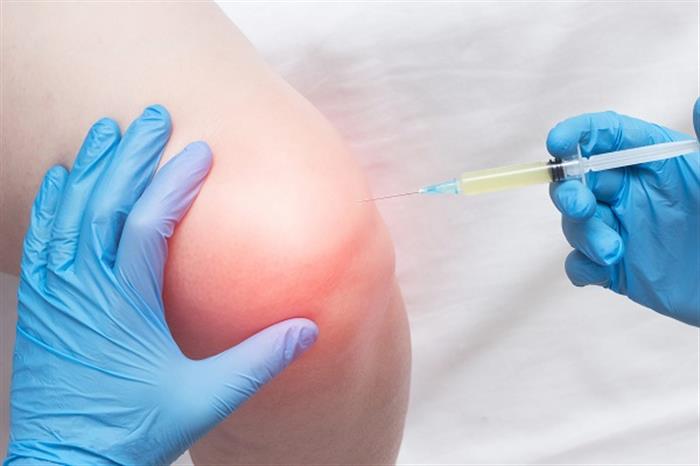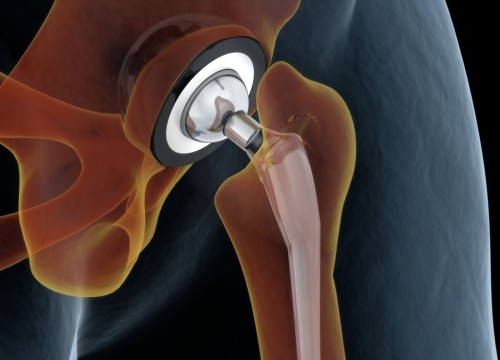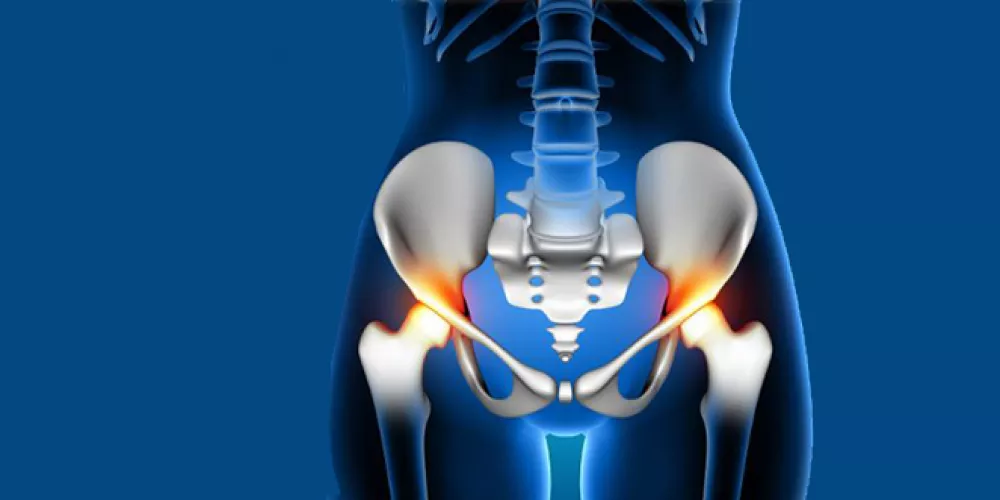!Explore limping after ACL surgery and its cost in Egypt
Limping After Anterior Cruciate Ligament (ACL) Surgery, an ACL injury is a common injury, especially among athletes. In the following paragraphs, we will discuss in detail all the information related to ACL surgery and one of its most important outcomes, which is limping. So, keep reading this article to be aware of all the information you want to know.
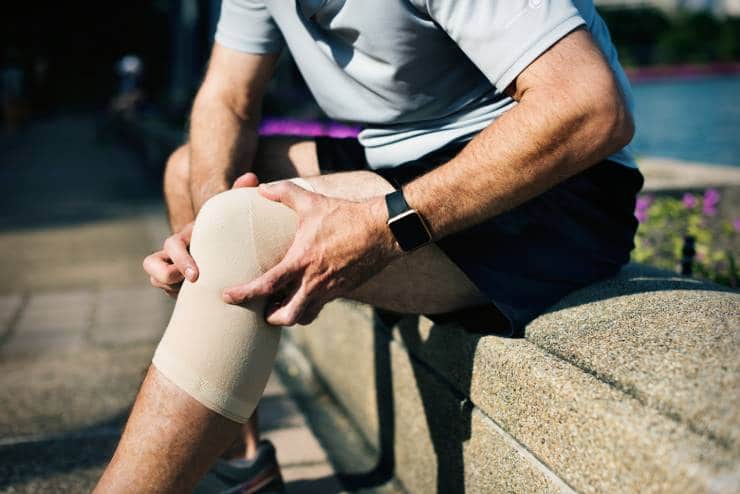
Limping After ACL Surgery
After undergoing ACL surgery, which is considered a crucial surgical procedure for treating sports injuries and accidents, the patient may experience limping. Limping is the difficulty or inability to move normally after surgery, and it can last for several months.
Limping occurs as a result of the impact of ACL surgery on the body’s movement mechanisms and muscles in the knee. The surgery causes the knee’s range of motion to be restricted and immobilized for an extended period using pins and braces. This restriction and immobilization can lead to a reduction in the patient’s ability to walk correctly and without any difficulties.
Post-ACL surgery rehabilitation programs involve exercises to strengthen and stretch the muscles surrounding the knee. These exercises should be performed under the supervision of a physical therapist, who can tailor the program to each individual’s condition. The program may also include sessions to learn proper walking techniques and improve balance and coordination.
Additionally, the patient can apply physical therapy techniques regularly at home. The patient should follow the physical therapist’s instructions and guidance precisely to ensure the best results. You can ensure proper management of post-surgical limping with Dr. Amr Amal’s team, where we provide you with a customized rehabilitation program aimed at restoring strength and natural movement.
How is ACL Surgery Performed?
ACL surgery is considered one of the complex surgical procedures performed on the knee using a small arthroscope with an advanced camera. This surgery aims to repair and reconstruct the damaged or torn ACL, as well as any other damage inside the knee.
The doctor begins by obtaining detailed information about the patient’s condition before the surgery, such as the patient’s medical history and the current injury that led to the ACL tear. After that, the patient is prepared for the surgical procedure by undergoing additional tests to assess the condition of the knee and determine the steps required for ACL reconstruction.
The methods for ACL reconstruction include several different options, depending on the patient’s condition and the type of ligament tear. These options include surgical and non-surgical approaches:
- Non-surgical Treatment: In mild cases, the patient may be advised to undergo non-surgical treatment such as physical therapy, rehabilitation exercises, and the use of assistive devices like braces and crutches. This approach is considered suitable for the elderly and individuals with limited mobility.
- Surgical Treatment: If the condition does not improve with non-surgical treatment or in cases of severe ligament damage, surgery is recommended. Surgical methods include securing the ACL graft within the joint using a tissue graft from the patient’s body or a graft derived from laboratory tissue. The fixation method and materials used depend on the classification of the injury and the surgeon’s preference.
After the surgical procedure, the patient is closely monitored during the healing process. Recovery typically takes between 6 to 12 months, depending on several factors such as the type of surgery, the patient’s medical history, the occurrence of any infections or inflammation, and the rehabilitation and treatment methods the patient receives. Therefore, begin your recovery journey with confidence with Dr. Amr Amal, who provides you with comprehensive guidance and effective treatment to successfully overcome limping after ACL surgery.
Post-ACL Surgery Instructions
After undergoing ACL tear surgery, the patient faces challenges during the post-operative period. The patient must follow specific instructions and take preventive measures to facilitate healing and return to normal life. In this article, we will provide you with a list of post-ACL surgery instructions to assist you on this journey:
- Maintaining Rest and Leg Elevation:
After surgery, the patient may experience fatigue, numbness, and swelling in the knee or around the incision. To alleviate these symptoms, it is advisable to gently elevate the leg to improve blood flow and reduce swelling. A pillow or cushion can be used to support the leg while sitting or lying down. - Paying Attention to Wound Care:
The incision should be kept clean and dry to prevent infection. It is recommended to use a clean, dry dressing and change it regularly according to the doctor’s instructions. - Adhering to the Medication Schedule:
The doctor may prescribe pain and anti-inflammatory medications to relieve pain and swelling after surgery. It is essential to follow the medication schedule and dosage instructions precisely as directed by the doctor. - Beginning Phase One Exercises:
In the initial phase of recovery, the patient should begin performing simple exercises to regain knee mobility and strengthen the surrounding muscles. These exercises may include isometric contractions, knee bending, and straightening exercises. - Adhering to the Physical Therapy Program:
Physical therapy sessions are essential for creating a balance in the leg muscles and increasing knee strength and stability. These sessions should be conducted under the supervision of a specialist to ensure proper exercise execution based on the patient’s condition. - Following a Healthy Diet:
The patient should pay attention to proper and balanced nutrition to promote wound healing and muscle strengthening. It is recommended to consume protein-rich foods such as lean meats, fish, and legumes, as well as fresh fruits and vegetables. - Gradually Returning to Routine Activities:
The patient should gradually return to performing daily activities such as walking, climbing and descending stairs, and light household chores. It is advisable to start with simple activities and slowly increase the duration and intensity, based on the doctor’s and physical therapist’s guidance.
You can learn more about the rehabilitation methods followed after ACL surgery through this article.
When Can I Bend My Knee After ACL Surgery?
After undergoing ACL repair surgery, regaining knee mobility is one of the biggest challenges faced by the patient. After the surgery, the patient must begin an intensive therapeutic program to enhance knee mobility and improve its strength and stability. It is crucial to know when the patient can begin bending their knee after surgery and what steps should be taken to achieve this goal.
The patient should consult with the surgeon regarding the optimal time to begin mobility exercises after the surgery, as this may vary depending on the patient’s condition, the success of the surgery, and their response to physical therapy. Usually, physical therapy sessions begin about two weeks after surgery.
In the initial phase of physical therapy, the focus is on regaining the knee’s normal range of motion. The therapist trains the patient to perform gentle stretching exercises to move the knee and stretch the muscles. The therapist also relies on manual therapy techniques to mobilize the joints and improve blood circulation. The patient should avoid overloading the knee during this phase and must follow the therapist’s instructions and prevent any new injuries.
As time progresses and rehabilitation advances, the patient can increase the intensity of the exercises and move more firmly and stably. The therapeutic program includes exercises to strengthen the knee, improve balance, and enhance stability. The patient should be guided properly and remain under the therapist’s supervision to ensure that the exercises are performed correctly and effectively.
It is crucial that the patient does not rush back into intense physical activities after surgery. The return should be gradual, with the load and intensity increased gradually after consulting with the surgeon and physical therapist. Physical therapy should continue regularly for several months until full mobility is restored, and the knee is strengthened naturally.
Is Walking Beneficial After ACL Surgery?
Walking after ACL tear surgery is beneficial in improving the condition of the knee and promoting the healing process. Although it may be painful at times, it can help the patient regain strength and flexibility in the knee. Typically, the patient can walk without assistance within 2-4 weeks after the surgery.
However, it is essential to follow some advice and perform appropriate knee exercises to avoid any new injuries. The patient should exercise slowly and cautiously according to the surgeon’s instructions to ensure proper healing.
Physical therapy sessions after ACL surgery are crucial for regaining knee mobility and strengthening the surrounding muscles. Assistive devices such as crutches or walkers can also be used to reduce stress on the knee and minimize pain during walking.
When Does Physical Therapy Begin After ACL Surgery?
Physical therapy is applied to ACL surgery in multiple sessions and over a specific period. ACL surgery is a surgical procedure used to repair a torn ACL in the knee. After undergoing the surgery, it is recommended to start physical therapy to promote the recovery process.
On average, the patient requires multiple physical therapy sessions after ACL surgery, typically ranging from 12 to 16 sessions. These sessions are scheduled over a period of 3 to 6 months to achieve the best results in the recovery process.

How Much Does ACL Surgery Cost in Egypt?
ACL surgery is considered one of the advanced surgical procedures performed to treat ACL injuries in the knee. Egypt is one of the countries that offers this surgery at a reasonable cost compared to other countries.
The cost of arthroscopic ACL surgery in Egypt ranges from 20,000 to 40,000 Egyptian pounds, and this amount may vary depending on the chosen clinic or hospital. The surgery cost typically includes the doctor’s fees, necessary pre-operative tests, and the patient’s stay at the medical center.
You can benefit from Dr. Amr Amal’s expertise in ACL surgeries to learn the proper techniques for managing limping, which contributes to regaining strength and confidence in your movement.
Is ACL Surgery Dangerous?
Yes, to some extent, ACL surgery is considered a specialized surgical procedure that requires a high level of skill from the surgeon responsible for performing it. The surgeon responsible for performing ACL tear surgery is an orthopedic surgeon specializing in bone and joint surgery. The surgeon deals with repairing the torn ligament and restoring knee stability.
It is important to note that the success rates of ACL surgery depend on several factors, including the patient’s age, condition, and the surgeon’s technique and skill. In general, the surgery has good success rates, with knee stability and normal function being largely restored in most cases.
After undergoing ACL surgery, the patient’s condition requires care and post-operative instructions. The patient may feel fatigued in the first few days after surgery and may also experience numbness and swelling in the knee or around the incision. The patient is advised to follow the necessary post-operative instructions to accelerate the healing process and reduce potential complications, such as performing prescribed physical exercises, avoiding strenuous activities, and properly caring for the wound.
Begin your recovery journey with confidence with Dr. Amr Amal, who provides you with comprehensive guidance and effective treatment to successfully overcome limping after ACL surgery.
How Long is the Recovery Period After ACL Surgery?
The recovery period after ACL surgery depends on several factors, such as the patient’s condition and the type of surgery performed. Generally, the patient requires a recovery and healing period of approximately 6-9 months after the surgical procedure. The patient must follow the instructions of the attending physician to ensure proper recovery. The patient is advised to undergo follow-up appointments with the doctor at specific intervals.
In the first few weeks after the surgery, the patient’s condition is assessed, and their progress is monitored. In the second week, further guidance and recommendations are provided to the patient to ensure proper recovery. After 6 weeks from the surgery, the condition is reassessed, and further guidance is provided.
Most patients can walk without assistance within 2-4 weeks after the surgery, but the walking is done in short intervals. After 10-12 weeks, the patient can begin walking faster, light jogging, and performing simple physical exercises.
Symptoms of Failed ACL Surgery
ACL surgery is one of the surgical procedures that many people undergo daily to treat knee injuries. Although the success rate of this surgery is high, there may be cases where it fails. Some symptoms that may indicate issues after surgery include:
1- Severe Pain: Severe pain may indicate a problem with the treated ACL. The patient experiences severe knee pain, which significantly affects their movement and daily performance.
2- Knee Instability: Patients may experience knee instability after surgery, feeling a lack of knee stability during movement and weight-bearing. This change in knee stability can cause pain and limit the patient’s movement.
3- Fluid Accumulation in the Knee: A failed ACL surgery can lead to fluid accumulation in the knee, causing swelling and redness in the affected area. The patient may experience discomfort, severe pain, and a feeling of pressure within the knee.
4– Difficulty Moving the Knee: Some patients may experience difficulty fully moving the knee after surgery and may feel discomfort while walking. This affects their ability to perform daily activities normally.
5– Other Rare Symptoms May Appear: In rare cases, some patients may exhibit other symptoms, including knee pain and instability, and they may require additional surgical intervention to correct the problem.
It is important to note that ACL injuries are more common in females than in males. Therefore, it is crucial to be prepared to identify the symptoms of failed ACL surgery and address them properly. The patient should contact their attending physician immediately if any of these symptoms appear, as the doctor will assess the condition and take the necessary steps to provide appropriate treatment.
Begin your recovery journey with confidence with Dr. Amr Amal, who provides you with comprehensive guidance and effective treatment to successfully overcome limping after ACL surgery.
How Long Does Pain Last After ACL Surgery?
ACL surgery is a common surgical procedure performed to treat ACL injuries in the knee. After undergoing the surgery, many patients wonder how long the pain will last after the procedure and when they can be free from it completely.
Pain and swelling usually persist for the first two weeks after the surgery and gradually subside over time. These symptoms can be alleviated by using pain-relieving medications, such as non-steroidal anti-inflammatory drugs. Additionally, patients are advised to wear a compression dressing and use a rigid brace to stabilize the knee, which can help reduce swelling and promote healing.

Best Doctor for ACL Surgery in Egypt
The best doctor for ACL surgery in Egypt is Dr. Amr Amal. ACL surgery is considered one of the complex surgical procedures that require a high level of experience and skill. Egypt is a prominent destination for many specialized doctors in this field. Among these highly reputed and exceptionally skilled doctors is Dr. Amr Amal, who stands out as one of the best physicians for performing ACL surgery in Egypt.
Dr. Amr Amal is a consultant in orthopedic surgery at Ain Shams University and is known for his effective contribution to improving the quality of life for patients suffering from ACL injuries. Dr. Amr ensures that patients receive excellent care through accurate injury diagnosis and the provision of effective and personalized treatment. Dr


